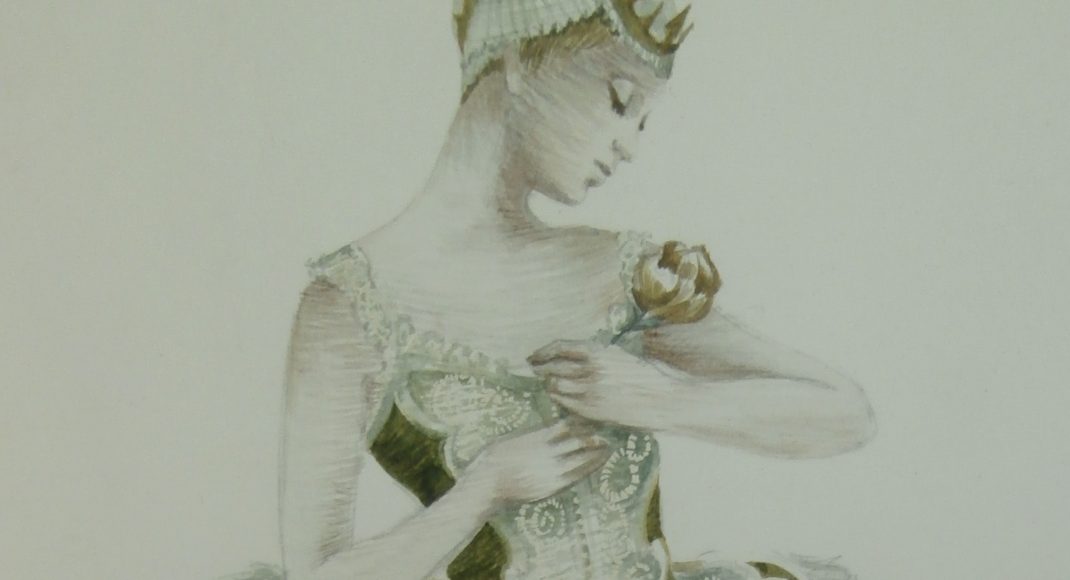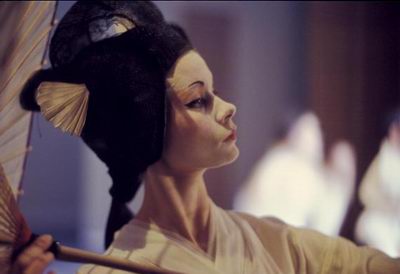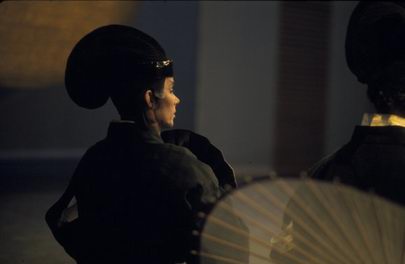The work of Kristian Fredrikson is currently the subject of an exhibition called Bedazzled, which opened at the Dowse Art Museum, Lower Hutt, New Zealand, on 26 November 2011 and which runs there until 4 March 2012. After reading publicity for this exhibition, it is clear to me that there is a compelling need for a number of misconceptions about Fredrikson’s early life to be corrected.
The main issue concerns Fredrikson’s name. At the time of writing this post a number of online sources, including the website Australia Dancing to which a number of other sites have posted links, and from which others have harvested material or used information on it in some other way, maintain that Fredrikson was born Kristian Adrian Sams and that he later changed his name to Kristian Adrian Fredrikson. Some obituaries published in Australian newspapers and now available online for all to read do the same. It is simply not so. My recent research into the career of Fredrikson reveals otherwise.
Fredrikson was born Frederick John Sams and was at least the third generation in the Sams family to carry the first name of Frederick. His early reviews written for New Zealand newspapers were signed ‘F. J. S.’ and it was not until 1962 that he took on the name Kristian Adrian Fredrikson. One signed early drawing I have seen indicates that he was playing around with the spelling of Frederick, his given first name, while probably a teenager. But the name change to Kristian Fredrikson happened around the time he was designing his first theatrical work, A Night in Venice. That work premiered in 1962. There are also indications that at least one review he wrote shortly after the premiere of A Night in Venice was signed ‘K. F.’
The second ‘fact’ that is constantly and erroneously perpetuated is that Kristian Fredrikson was the son of a Danish merchant seaman. He wasn’t. His father, Frederick Spencer Sams (1910-1996), was not a Dane but a New Zealander. His grandmother, Ann Sams (nee Munro), was also a New Zealander and his grandfather, also named Frederick Sams, was Australian. As for the occupation of merchant seaman, in 1938 when he was 28 Frederick Spencer Sams’ occupation was mentioned in a New Zealand newspaper as ‘seaman’, although when he took up this occupation and how long it lasted is unclear at this stage of my investigations. It was probably not for an extended period of time and certainly wasn’t a long-term career. He married early in 1940 and in May of that year, before his first son was born, there is clear evidence that he was unemployed.
There is still much to learn about the early life of the man we have come to know as Kristian Fredrikson but he was not born Kristian Adrian Sams and he was not the son of a Danish merchant seaman. All sources, even the web and newspapers, and even Fredrikson’s own oral history interview, are not necessarily accurate. Kristian Fredrikson was intent on creating a persona for himself that did not entirely reflect the circumstances of his early family life.
© Michelle Potter, 30 November 2011
All rights reserved. Please acknowledge the source of this information if you use it elsewhere.


